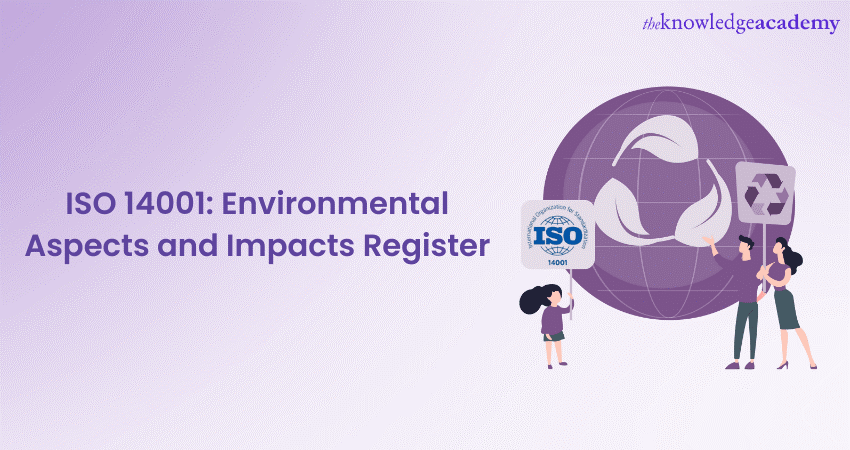Organisations worldwide have made environmental sustainability a crucial priority. Obtaining ISO 14001 Certification is becoming increasingly crucial as more organisations understand their environmental obligations. ISO 14001 is a widely accepted standard that specifies the criteria for an effective Environmental Management System (EMS). Obtaining and maintaining ISO 14001 compliance, on the other hand, maybe a challenging and time-consuming task. In this blog, you will learn about some of the most common barriers to ISO 14001 Compliance and suggest practical strategies to overcome them, ensuring a successful journey towards environmental excellence.
Table of Contents
- Understanding and Interpreting ISO 14001 Requirements
- How to overcome challenges in ISO 14001
- Integration of EMS into Existing Business Processes
- Conclusion
Understanding and Interpreting ISO 14001 Requirements
Understanding the standard’s detailed criteria is one of the most difficult aspects of ISO 14001 compliance. Companies frequently struggle to comprehend certain terms and connect them with their own operating situation. To address this issue, organisations should engage in thorough employee training and education. Engaging experienced ISO 14001 consultants or employing an EMS specialist can also be beneficial in deciphering the standard’s complexities and adjusting it to the firm’s needs.
How to overcome challenges in ISO 14001
Overcoming ISO 14001 compliance difficulties necessitates a systematic and proactive strategy and a dedication to environmental care. Here are some critical tactics for navigating these challenges and achieving good compliance:
Establish Clear Leadership and Accountability
Defining clear roles and responsibilities for environmental management inside the organisation is critical. Creating a specialised environmental team or appointing an EMS manager will ensure compliance activities are coordinated and prioritised. This leadership should push the incorporation of environmental factors into the entire business plan of the organisation.
Conduct a Comprehensive Environmental Review
Conduct a complete environmental evaluation before commencing the compliance journey to identify possible risks, effects, and chances for improvement.
Engage Employees
The achievement of ISO 14001 compliance depends on all workers’ participation. Training programmes, workshops, and frequent communication may enhance environmental awareness and build a sense of ownership among employees. Encouraging staff to submit new ideas for improving sustainability will foster a culture of continual development.
Integrate Environmental Considerations into Procurement
Engaging suppliers and contractors is essential for ensuring the whole supply chain follows environmentally acceptable practices. Green procurement rules and assessing suppliers based on their environmental performance will improve the overall sustainability of the organisation’s goods or services.
Integration of EMS into Existing Business Processes
Many organisations segregate ISO 14001s compliance from their essential business operations. This mismatch might impede the EMS’s incorporation into current procedures, reducing its efficacy. To overcome this issue, businesses must establish an environmental responsibility culture at all levels of the organisation. This may be accomplished by including environmental objectives and key performance indicators (KPIs) in performance assessments, encouraging employee engagement in environmental projects, and fostering open communication about sustainability goals.
Conclusion
ISO 14001s certification and compliance are critical components of a company’s environmental commitment. While obstacles are unavoidable, proactive actions may assist organisations in successfully overcoming them. Businesses may achieve ISO 14001 compliance while driving positive environmental effects by comprehending the ISO 14001 standards, integrating the EMS into current operations, optimising resources, remaining current on legislation, and encouraging stakeholder participation. Adopting sustainability as a core value will boost a company’s reputation and help establish a greener and more sustainable future for future generations.



